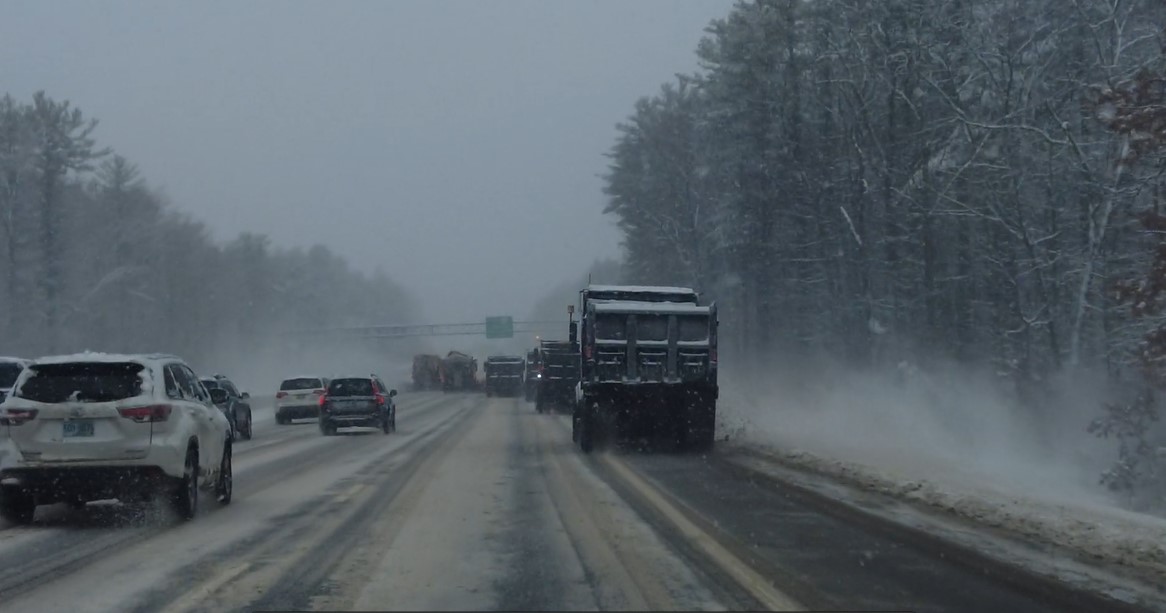CONCORD, N.H. – The National Weather Service (NWS) in Gray, Maine, issued several Watches, Advisories and Warnings for parts of New Hampshire for Friday night and Saturday. The New Hampshire Department of Safety’s Division of Homeland Security and Emergency Management (HSEM) recommends residents and visitors remain prepared.
“As another storm heads toward the Granite State, emergency crews remain vigilant and ready to ensure the safety of anyone who might be affected,” said Governor Chris Sununu. “Similar to the storm earlier this week, residents and visitors should be prepared to protect themselves and their families from various conditions, including snow, strong winds and flooding.”
Areas along the Seacoast could experience extreme coastal flooding for the second time this week. People should practice flood safety by avoiding the area during the hours before and after the high tide, which occurs at 12:19 p.m. in Hampton.
“With a second storm arriving in New Hampshire in less than a week’s time, it’s important that residents and visitors continue to take steps to keep themselves and their families safe,” said HSEM Director Robert Buxton. “Stay informed of changing weather conditions and listen to instructions from local officials.”
Strong winds could result in power outages. If you lose power report the outage to your utility provider every 24 hours until it is restored:
Eversource 1-800-662-7764
Liberty Utilities 1-855-349-9455
NH Electric Co-Op 1-800-343-6432
Unitil 1-888-301-7700
Director Buxton provides these additional winter weather reminders:
- Stay informed by signing up for local alerts.
- Find the latest road conditions at newengland511.org.
- Slow down and move over for emergency vehicles and never crowd the plow.
- Clear all snow and ice off your car, including your roof, around lights, and license plates before traveling.
- If flooding occurs, get to higher ground immediately.
- Just 6 inches of moving water can knock you down, and 1 foot of water can sweep your vehicle away. Use a stick to check the firmness of the ground in front of you.
- Never move or drive around barriers. It can put you, other people and first responders in danger.
- If floodwaters rise around your car but the water is not moving, abandon the car and move to higher ground. Do not leave the car and enter moving water. Just 6 inches of water can reach the bottom of most passenger cars causing loss of control and possible stalling.
- Plan two ways out of your home in case of emergency.
- Clear the driveway and front walk from ice and snow. This will provide easy access to your home.
- Stay away from downed wires and call 911.
- Use flashlights, rather than candles, for emergency lighting.
- Check on neighbors and others who may need help.





